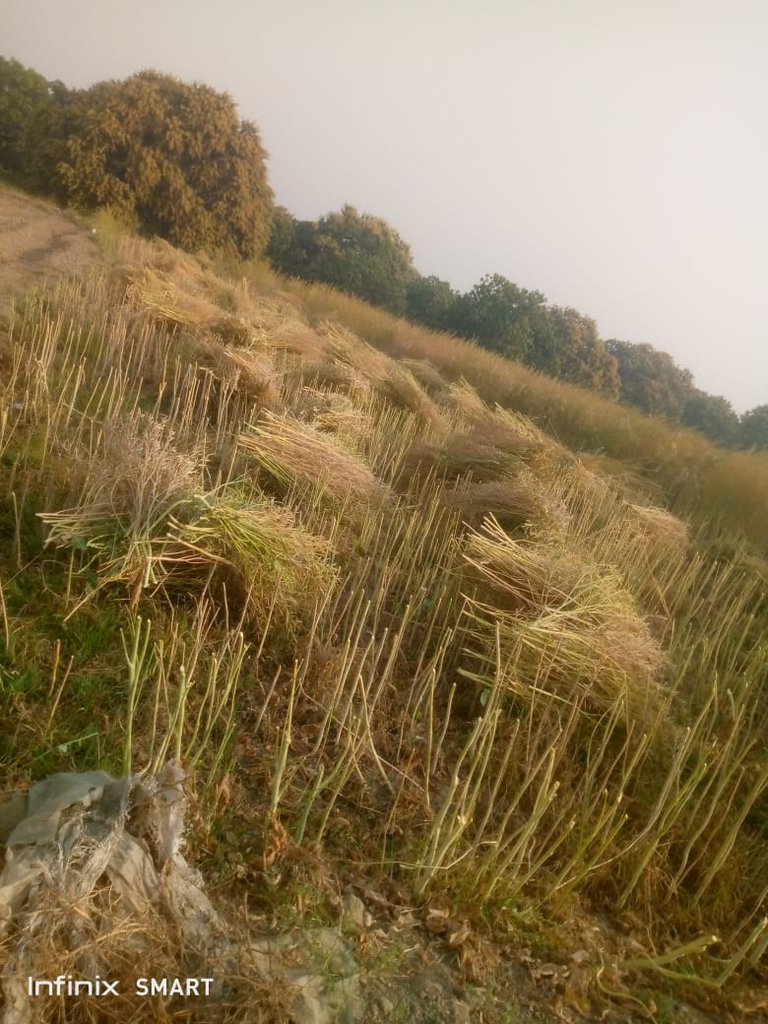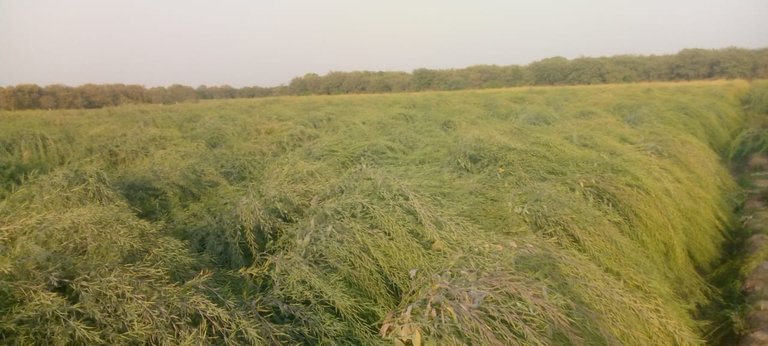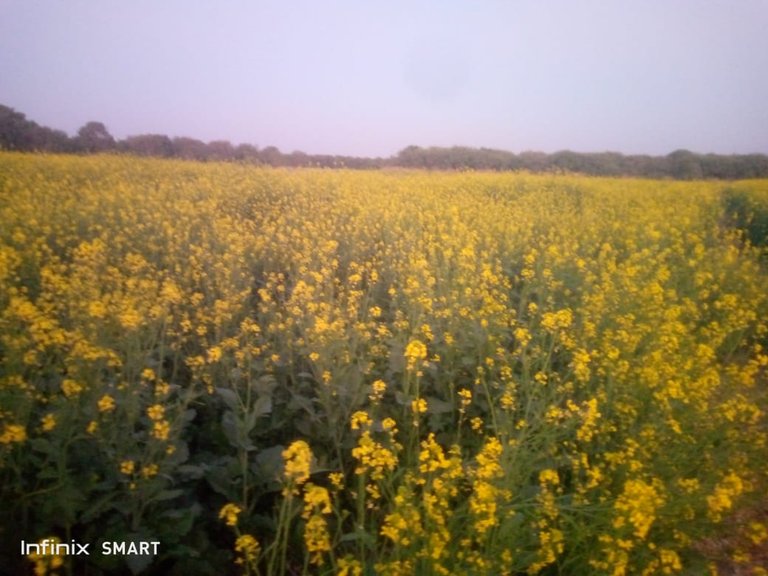




- Sowing Time:
The best time for sowing mustard is from mid-September to November.
If you want to cultivate an early crop, it can be sown at the end of September or the beginning of October.
- Land Preparation:
The land is well-prepared by mixing farmyard manure or chemical fertilizers.
Well-drained soil is best for mustard cultivation.
- Growth and Care:
It is essential to provide adequate water to the crop, especially right after sowing and during flowering.
Weeding is done to prevent unwanted plants from affecting the crop.
- Harvesting Time:
Mustard crops mature in 3 to 4 months.
Harvesting is done between February and March.
The crop is ready for harvesting when the mustard plants turn yellow and the seeds harden, which usually takes 90-120 days.
- Yield and Storage:
After harvesting, mustard is dried properly to remove moisture and ensure better seed preservation.
On average, the yield of mustard per acre is 10-15 maunds, depending on soil and farming techniques.
Key Points:
Sowing and harvesting times may vary slightly depending on the climate and seed variety.
High-quality seeds, proper fertilization, and timely irrigation are essential for a good yield.
These are our fields where we have grown mustard crops, and you can see them. I have also shown you the seeds in my hand.
Mustard seeds are used to extract oil, which can be used for hair care and cooking.
I hope you like my post!
I had heard that mustard seeds were small, but at last I see one. From what I see, it is a plant that yields in a short time with proper care.